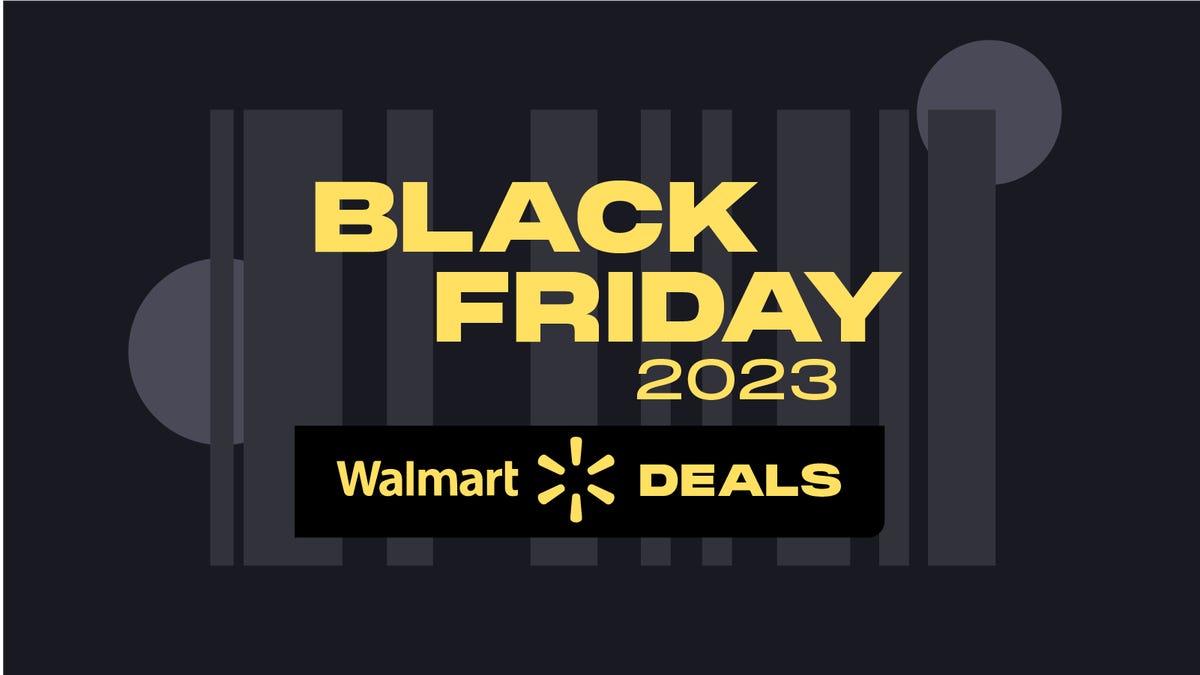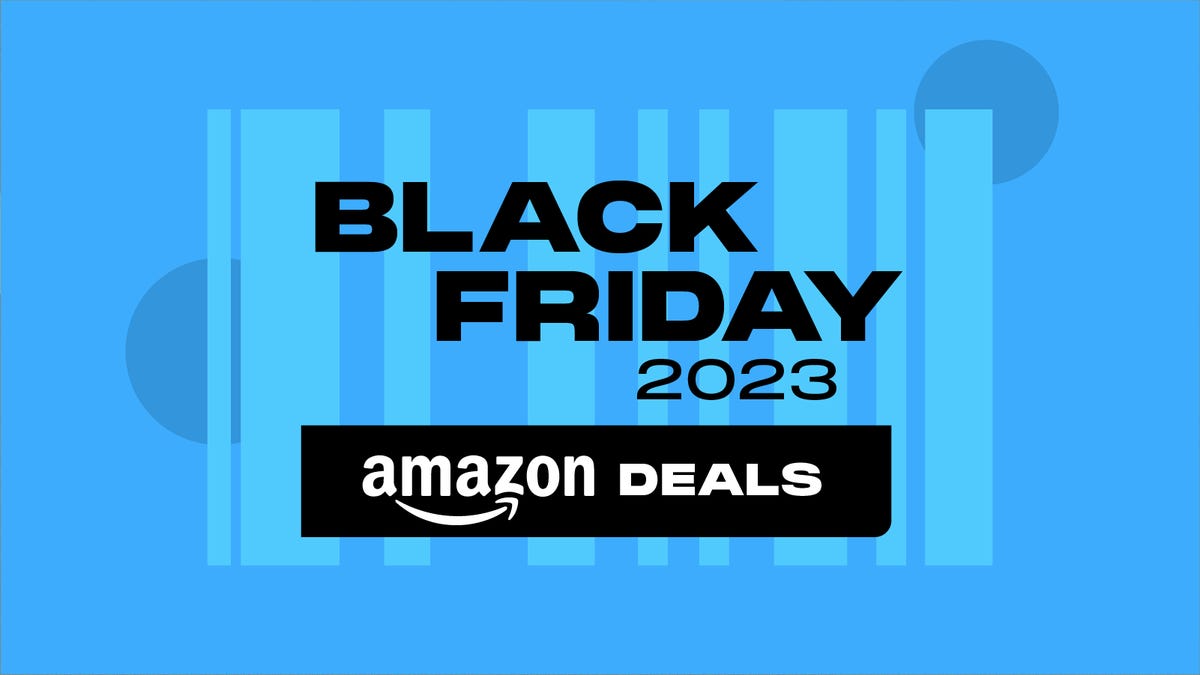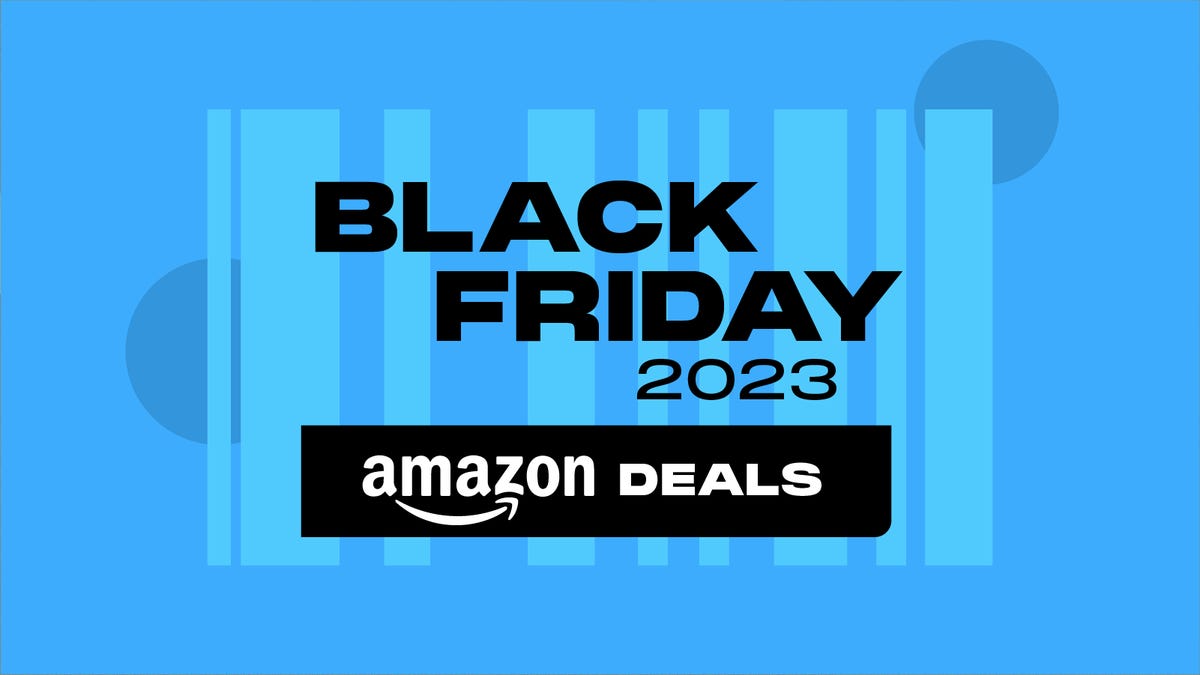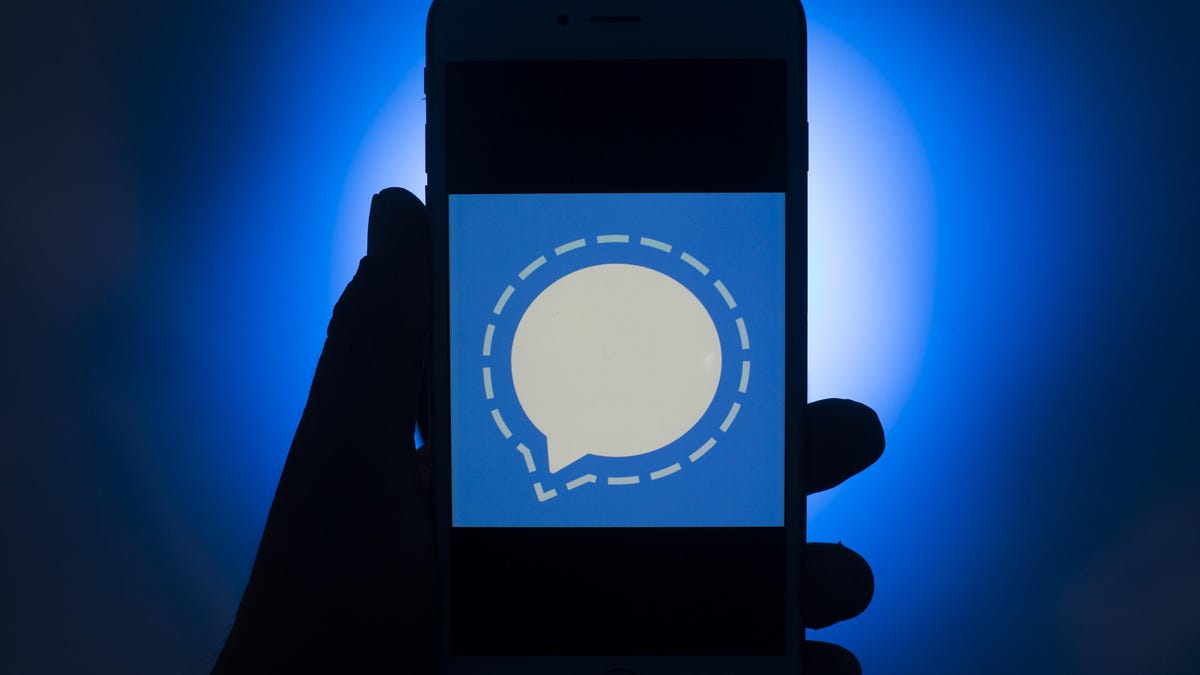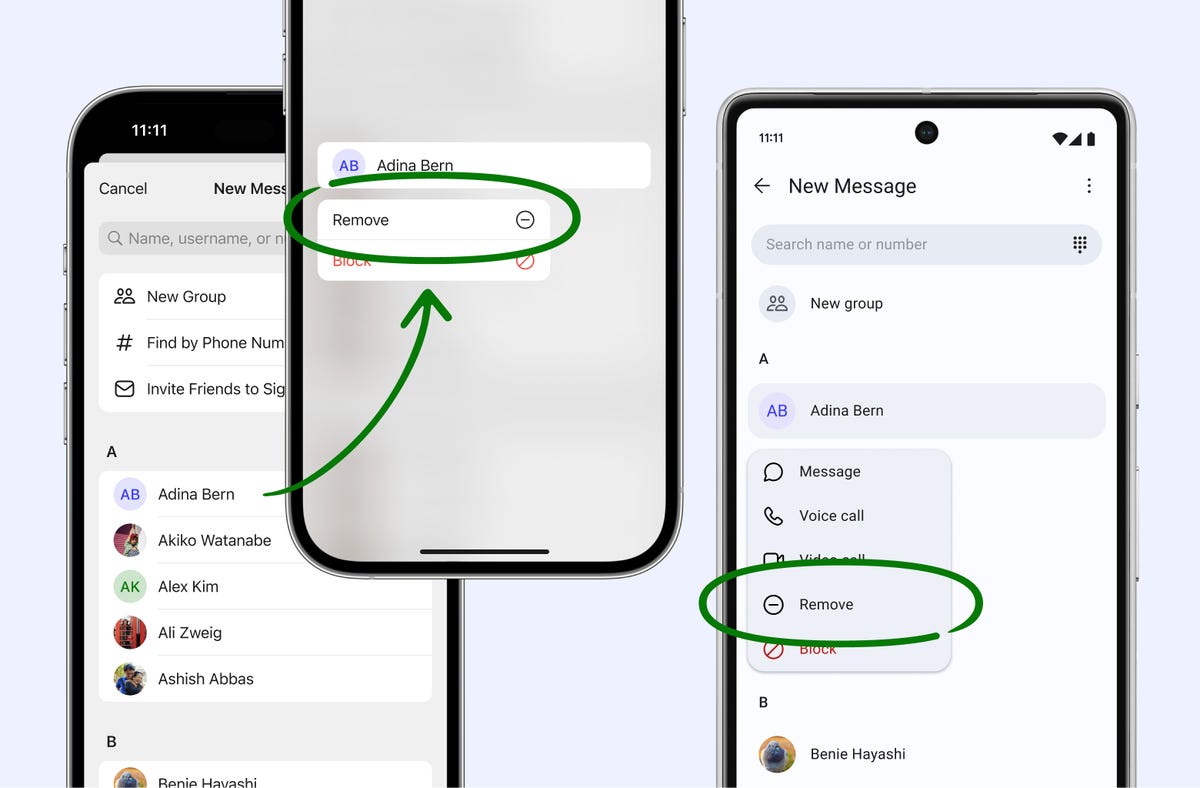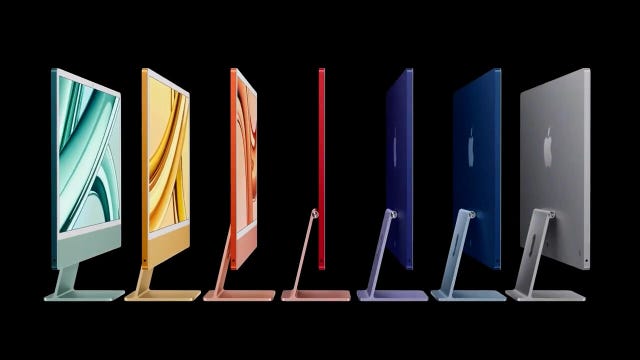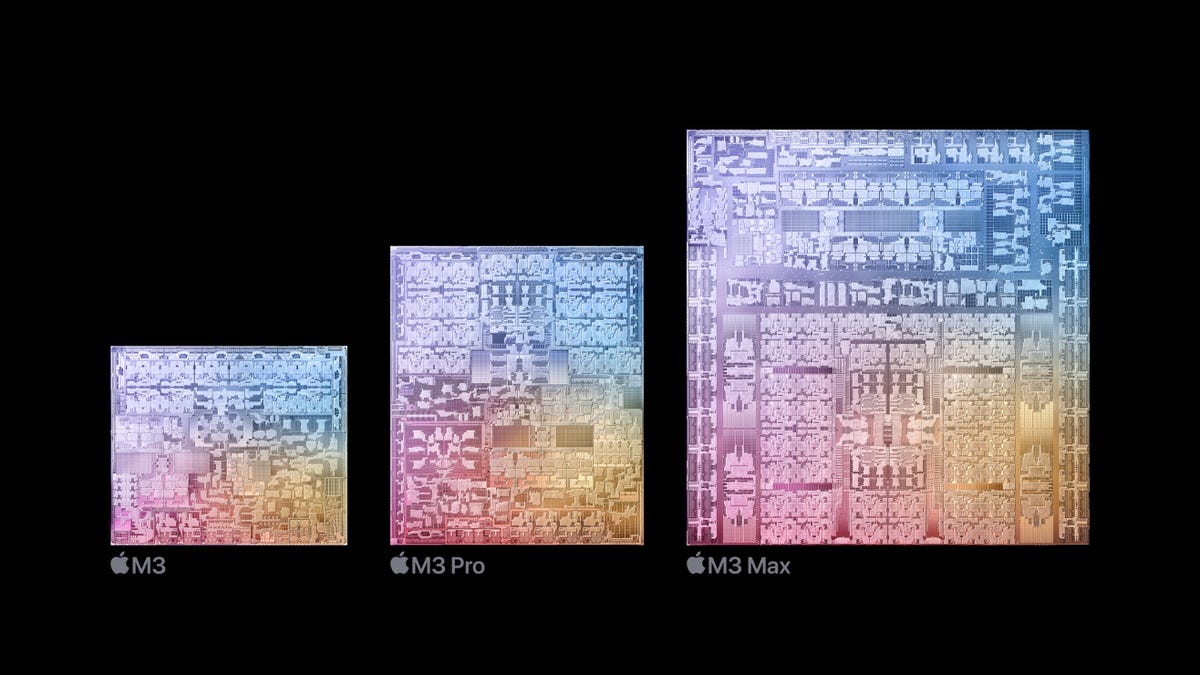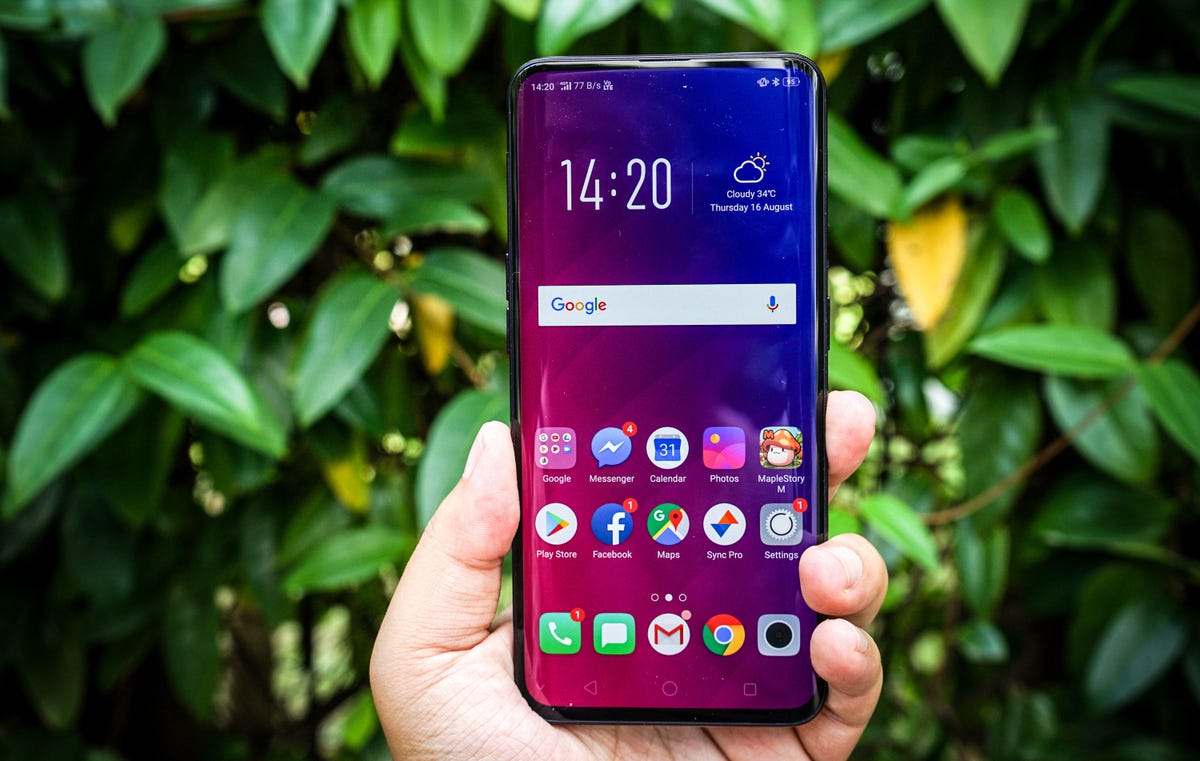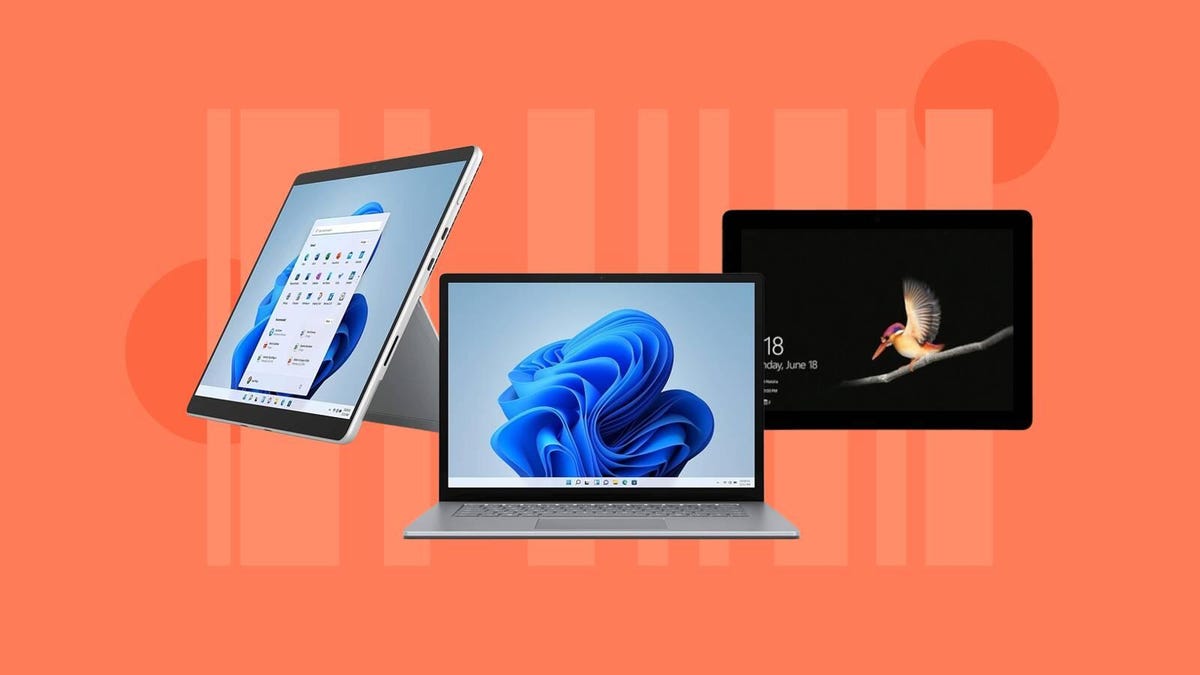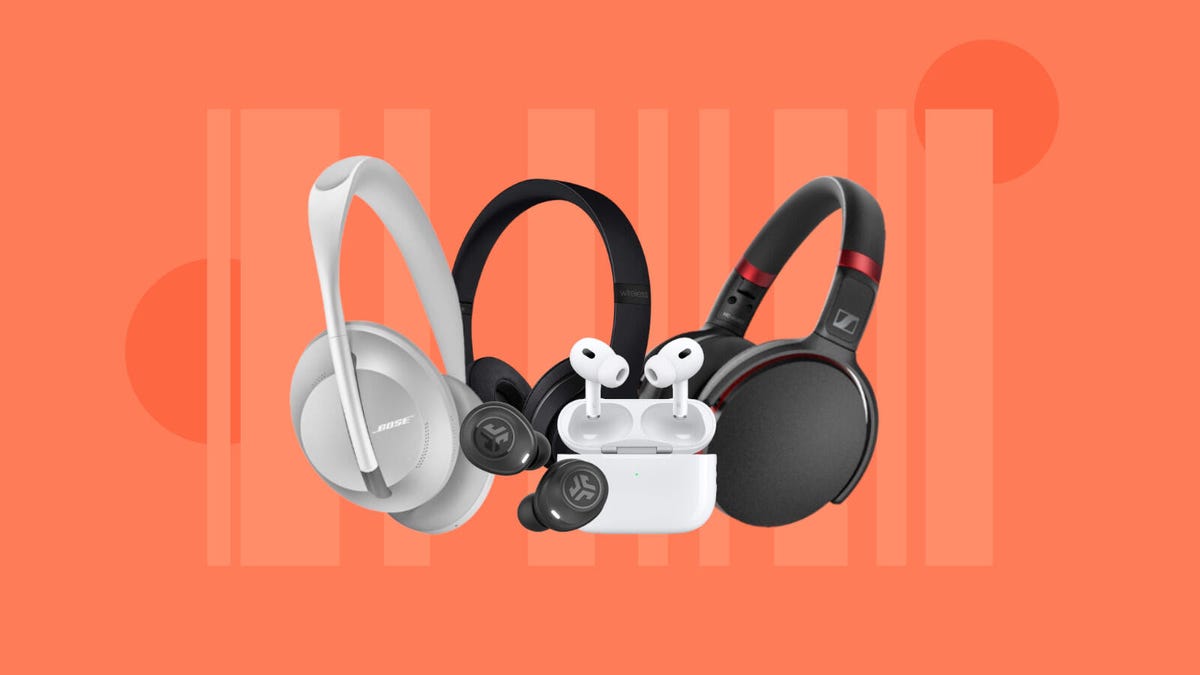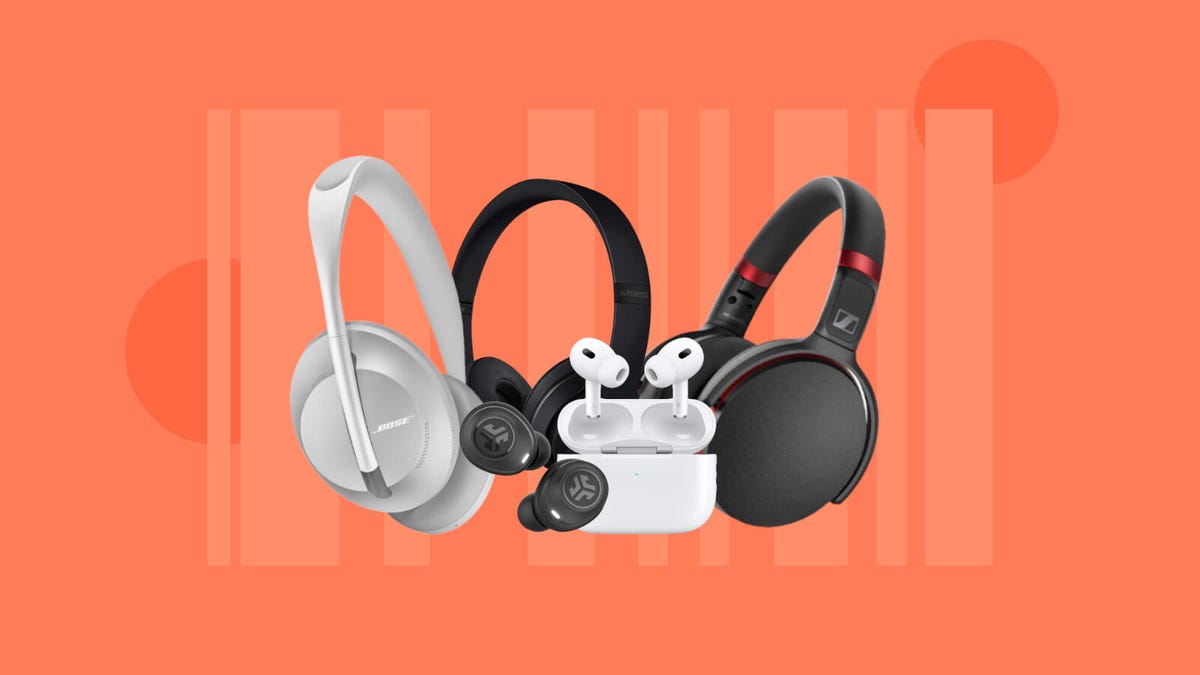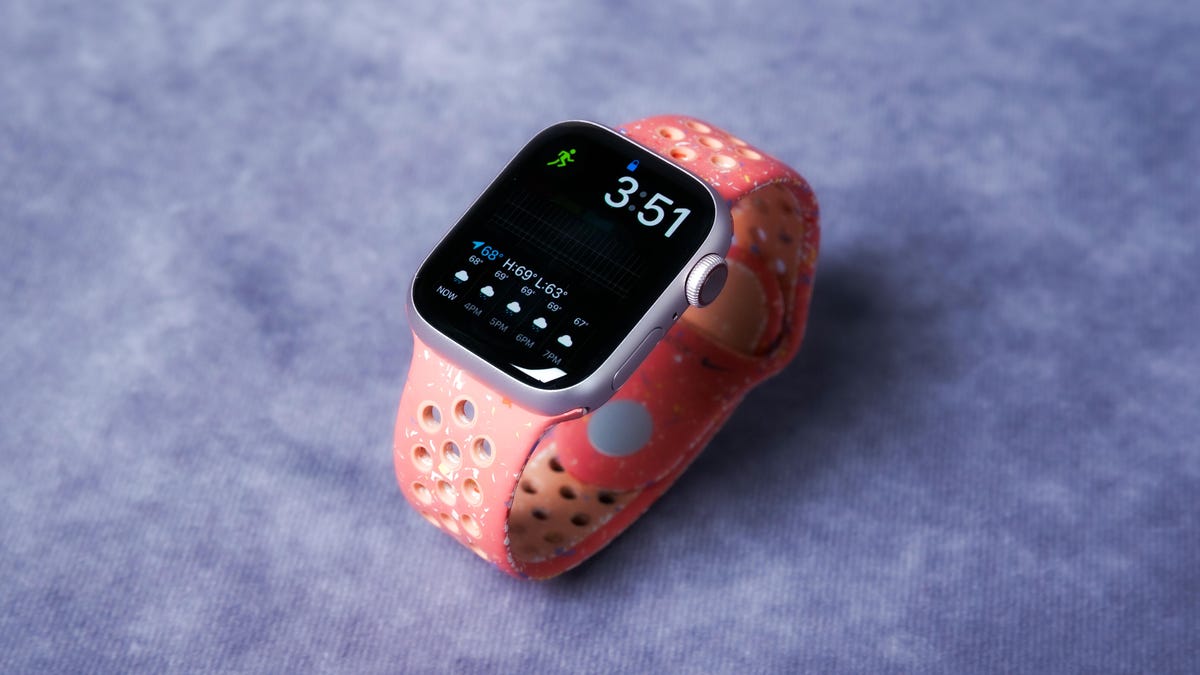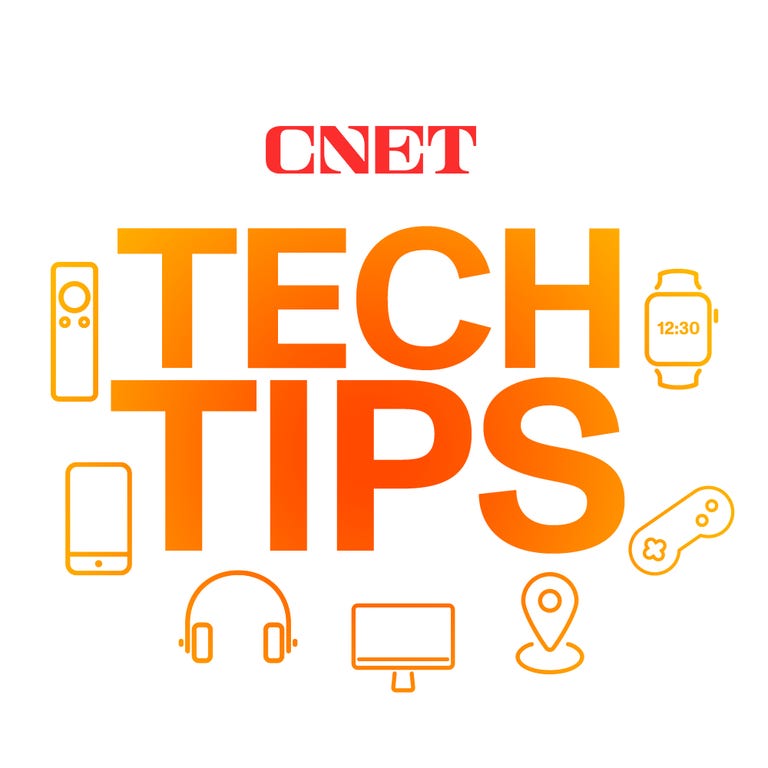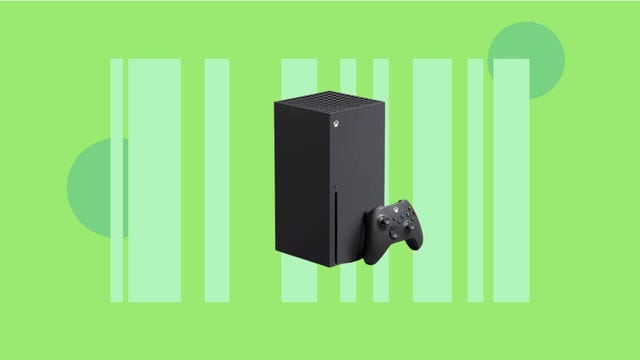We’ve still got awhile before Black Friday itself is officially here, but the deals are already in full swing. Plenty of retailers are already offering big savings on tech, home goods and much more, including Walmart, which officially kicked off its Black Friday sale earlier this week.
Walmart’s sale went live on Nov. 8, and while Plus members got early access, these bargains are now available to everybody. And to help you take full advantage of these early Black Friday discounts, we’ve rounded up some of the very best deals available right now below. We’ll continue to update this page as offers come and go, so be sure to check back often for the best Walmart deals available.
Walmart Black Friday tech deals
- Apple iPad (9th Gen): $249 (save $80)
- Sony WF-C500 earbuds: $29 (save $69)
- PS5 DualSense controller: $49 (save $26)
- Apple AirPods (2nd gen): $69 (save $60)
- Roku Premiere: $19 (save $16)
- MSI GF63 gaming laptop: $479 (save $220)
- Samsung B-Series 4.1-channel soundbar bundle: $139 (save $100)
- Skullcandy Barrel XT: $79 (save $90)
- Acer Nitro 27-inch gaming monitor: $145 (save $114)
- HP DeskJet 3772 wireless printer: $49 (save $45)
Walmart Black Friday home deals
- Keurig K-Express: $35 (save $24)
- Tineco iFloor3 cordless wet/dry vacuum: $200 (save $100)
- Gourmia 7-quart air fryer: $35 (save $44)
- Arlo Essential outdoor camera (2nd Gen): $29 (save $21)
- Maxkare heated blanket: $30 (save $50)
- Costway 7.5-quart stand mixer: $96 (save $83)
- Hart 20-volt 4-tool bundle: $98 (save $80)
- Hamilton Beach 10-quart slow cooker: $50 (save $30)
- Dyson TP10 air purifier: $400 (save $100)
- American Soft Linen four-piece towel set: $47 (save $20)
Walmart Black Friday fashion and beauty deals
- Dyson Supersonic hair dryer: $230 (save $200)
- Dyson Corrale straightener: $190 (save $260)
- Wrangler fleece hoodie: $30 (save $9)
- Philips Norelco Bodygroom Series 7000 trimmer: $55 (save $15)
- Vonmay women’s fuzzy slippers: $17 (save $16)
- Empire Cove knit beanie: $8 (save $7)
- Up to 40% off coats and jackets
- Up to 40% off boots
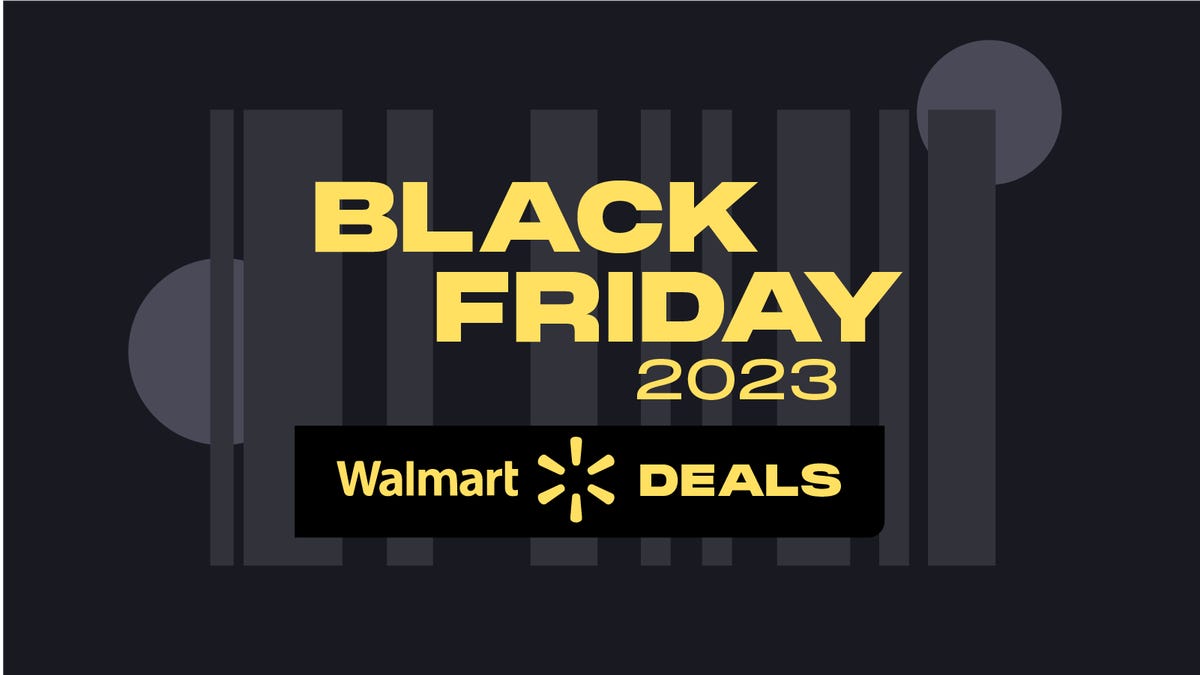
When is Walmart’s Black Friday sale?
Walmart’s online Black Friday sale officially kicked off on Nov. 8. Plus members got access a few hours early, but the sale is now open to everybody. And in-store shoppers will get access to Black Friday savings starting on Nov. 10. There’s no set expiration for the sale at the moment, but it’s likely that it will roll into Cyber Monday, which falls on Nov. 27 this year.
Are Walmart Black Friday deals available in store?
Yes, Walmart will be offering in-store savings for Black Friday, though they won’t be available until 6 a.m. (local time) on Nov. 10. It’s also worth noting that there are some deals that will be available only online, so be sure to double-check before you rush down to your nearest branch.
